New mothers—no shame to all those self-love adage sharers on Instagram—actually often do have goals that involve changing themselves.
Their ambitions can be simple, like: “I wish to travel beyond the bounds of my living room.” They can be physical, like: “I want to return, full steam, to my HIIT class.” They can be amorphous and hard to define, like: “I want to feel like myself again.” The road to getting there is anyone’s best guess.
For Diane Kruger, 45, who gave birth to a daughter with actor Norman Reedus in November of 2018, the goals were of the specific, if unusual, sort: She wanted to regain the kind of control over her body that would allow her to do a roundhouse kick, to move with military precision while wielding a weapon, to unflinchingly jog up a 35-foot crane suspended in midair.
The physical aspirations stemmed from preparing for her role in the film The 355 (in theaters January 7), which shot in London during the summer of 2019. In it, she plays a spy from her native Germany in an all-female team (portrayed by Jessica Chastain, Penélope Cruz, Lupita Nyong’o, and Fan Bingbing) that comes together to prevent a device that can unleash global catastrophe from falling into dangerous hands. The movie is fun and exhilarating and packed with women (all over 30, by the way, which feels like a palate cleanser) doing nonhokey, no-holds-barred action. “Jessica really wanted to make it closer to a Bourne franchise,” says Diane of Chastain, who was one of the producers on the film. “She and the director, Simon Kinberg, wanted the stunts to be just as fierce as a man would make them, without making a big deal out of it.”
True to that mission, Diane’s action sequences in the film are savage. Her style of fighting (meant to mimic how a German spy would be trained in real life) is gritty, inspired by the self-defense system Krav Maga. She is brusque and unforgivingly strong for the entire two hours of the film, sprinting through Paris and facing off with Chastain in a walk-in freezer in one memorable scene. This physicality—impressive for anyone—seems all the more astounding when you learn that Diane was six months postpartum when she started training.
“It was daunting,” she says of making the decision to dive from one end of the activity spectrum to the other. “But after six months of being a full-time mom, I was ready to get back to me, and to get out of the house. It was fun to have a few hours away each day to focus on my body and my work.” Diane is speaking on a video call from her apartment in New York, dressed in a chic tan sweatsuit, her feet curled up on her desk chair. “It was exhilarating to go back to working out—to lifting heavy, kicking higher, and trusting my body.”
While she had to build her strength back up, Diane had actually never stopped moving. Throughout her pregnancy, she worked out for 30 minutes a day, walking, doing the elliptical, or performing a squat routine with five-pound weights. Diane is diligent, that’s for sure.
She relates to her character’s sense of precision in particular in The 355. “I think I innately strive to do things well and properly and follow through. And when I was younger, I was certainly very guarded; I think that’s part of our [German] culture.” Kinberg, who directed her in the film, was struck by her meticulousness. “There’s a centerpiece fight between Diane and Jessica, and the two of them really wanted to do the fight themselves, without relying on fight doubles. So they worked overtime, after wrap and on weekends—to get the moves down.”
To prepare, Diane added boxing and running to her routine (“I really hate running,” she says, “I like to walk—I live in New York. We walk everywhere”). Then, five weeks before filming started, Diane arrived in London, where she embarked on daily two-hour training sessions. Some days it was fight training, in which she cultivated her hitting power with boxing drills and kicks, as well as practice in wrestling, grappling, and basic gymnastics. In other sessions, she did military drills, during which she and her costars moved with various weapons through a house constructed from empty cardboard boxes.
In the past, Diane had expressed a desire to work with more female coleads, something this project, written by Theresa Rebeck, offered. “It felt great to work with girls, and there was no weirdness on-set,” Diane says. “Jessica made sure all of the actresses were paid the same; we all own a piece of the movie. Regardless of how the film does, it was one of the most complete experiences. Being able to be heard and valued is so important—not just in what I do, but everywhere.”
She was also heard as a mother, a title she was still figuring out while returning to her career on a set surrounded by working moms. “One thing that was wonderful about this film was that many of us were mothers. We were allowed to bring our children to set and had a trailer for the kids. That was a lovely thing, where you can sense that the producer is a woman with a child.”
That setup created a blueprint for how Diane now considers potential roles. “Everything changed with motherhood—it’s such a cliché, but it’s true. The way I look at work is different. I love to work; in fact, I cherish it more today than I did before, but at the same time, you look at everything from a different angle. It’s not: What’s it going to do for my career? It’s more about: Could it fit into my schedule? How can I make it work? Is it going to be worthwhile?” Now, she takes her daughter, who is 3, with her to jobs around the world, tackling all of the associated logistics (if you’re ever looking for Montessori preschools in Warsaw, Poland, Diane’s your girl). That Reedus shoots The Walking Dead series in Atlanta adds another wrinkle. “That’s always been very hard, and probably a reason I work less,” she says. “Things just change when you have a family. You want to keep everyone together.”
Recently, as her daughter becomes a full-fledged toddler, Diane has been rethinking how she takes care of herself. She sometimes feels imbalanced and realizes she’s been clenching her jaw. “I always feel tense, like I’m forgetting 5,000 things a day. I often feel like I don’t take enough time to stop for a second and take care of me, so I’m trying to get better about that.” When she can, she gets a massage or a foot rub. After she became a mother, there was also a period when no matter how much she (hypothetically) slept, she “always looked tired.” So she started taking vegan multivitamins, which she says help her feel less depleted.
Working out four times a week—the only hours she’s guaranteed to be alone—has also become more important. In her current weekly gym routine, she does the elliptical, burpees, box jumps, situps, planks, and 20-pound squats. “It’s the moments when I don’t have to talk to anyone that help me the most,” she says. “I’m a little socially awkward; I’m not good at schmoozing with people, so I’ve always looked for moments to be by myself.” Prior to relishing that solo time, Diane viewed exercise as a chore. “I was naturally skinny when I was younger, and I did a lot of ballet and ballroom dancing, so I didn’t work out traditionally. But by the time I hit about 32, I felt my metabolism change. That’s when I thought I needed to work out to be able to eat what I wanted—and I dreaded it.” Then, as she got older and busier, she realized exercise was time for herself (and big WH props for this one: To keep her metabolism humming along , she adopted science-backed approaches, like allll that strength training), and she “witnessed my body change.”
The past few years have seen Diane truly embracing that head-to-toe shift and acknowledging the versatility of a body that not only brought her a baby, but rebuilt her for an unprecedented role and consistently provided a mental safe haven. “There are so many things you don’t have control over in life,” she says. “But to be able to change your body—there’s something thrilling about that.”
Photographed by Caleb & Gladys; Fashion director: Kristen Saladino; Hair: David von Cannon using Phyto Mousse Volume Intense at A Frame. Makeup: Hung Vanngo at The Wall Group. Manicure: Mo Qin at The Wall Group using Essie. Set design: Ward Robinson and Wooden Ladder.

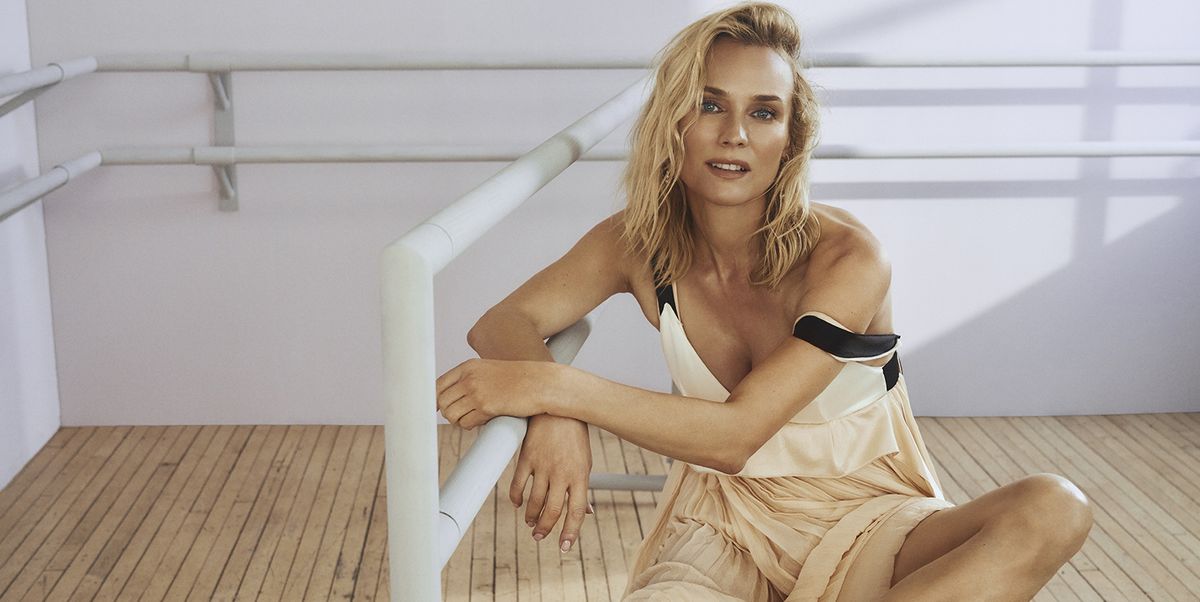

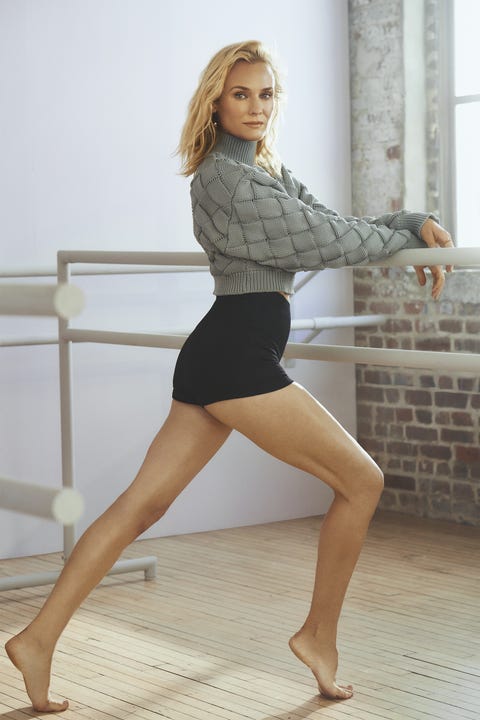
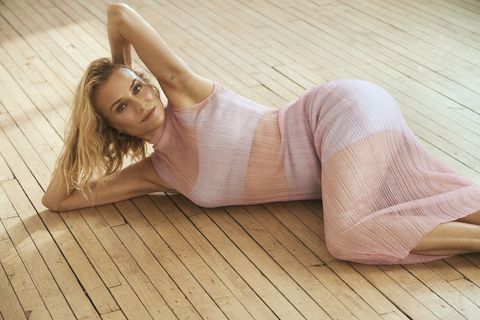

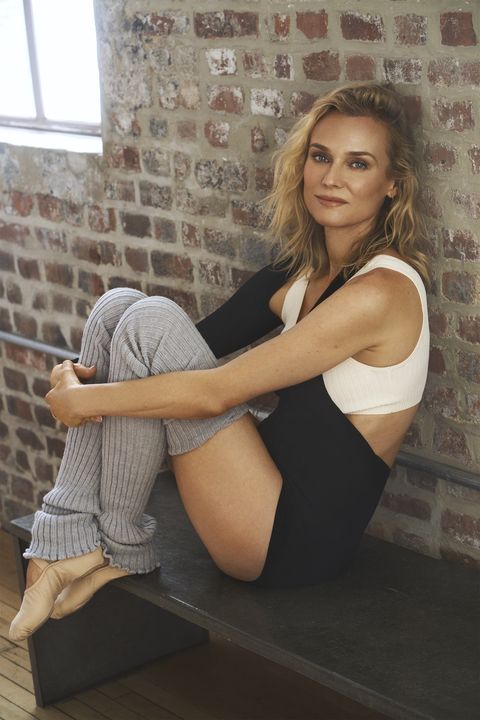

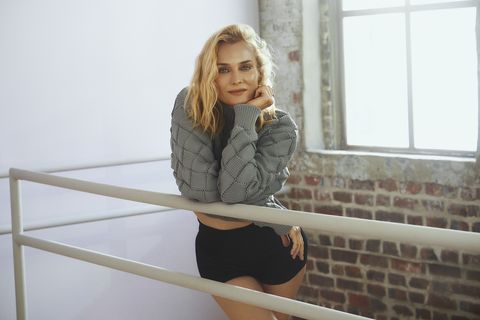
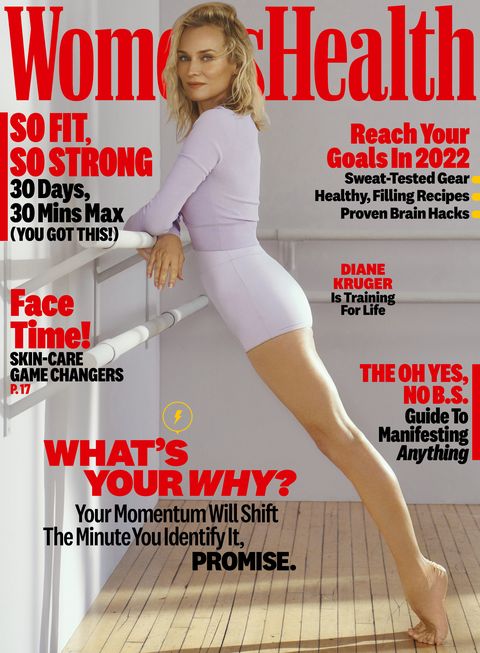




More Stories
Exploring the Magic of Sapphire Engagement Rings in Birmingham’s Jewelry Quarter
Unlocking the Expertise of Women’s Care Specialists: A Comprehensive Guide
Women’s Birth and Wellness Center: A Comprehensive Guide